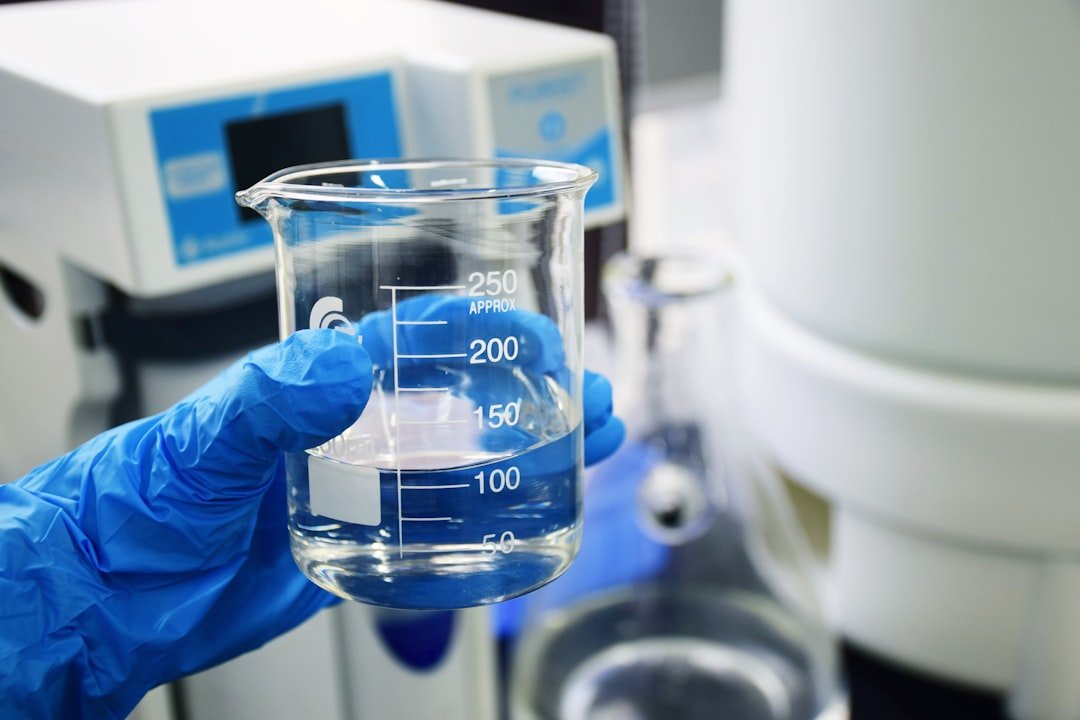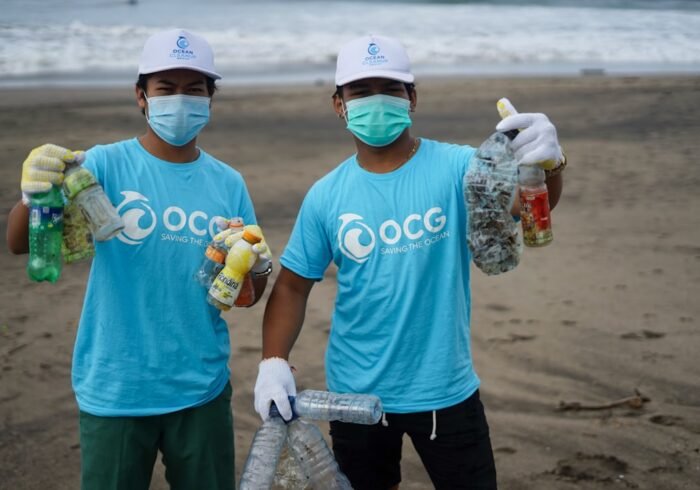A Detailed Overview of Camp Lejeune Water Contamination Because of its history of water contamination, Camp Lejeune, a well-known Marine Corps base in North Carolina, has been the subject of serious concern. For Marines and their families, the base, which was established in 1942, has been an essential training ground. However, the base’s water supply has been of poor quality for many years, which has had a major negative impact on the health of those who live and work there.
Key Takeaways
- Camp Lejeune, a military base in North Carolina, experienced water contamination from the 1950s to the 1980s.
- The contamination was caused by industrial chemicals, including trichloroethylene (TCE) and perchloroethylene (PCE), which were used in activities such as degreasing and dry cleaning.
- The Department of Veterans Affairs (VA) has recognized several health conditions, including certain cancers, as linked to exposure to the contaminated water at Camp Lejeune.
- Efforts to clean up and remediate the water at Camp Lejeune have been ongoing, including the installation of water treatment systems and ongoing monitoring of the water quality.
- Affected individuals may be eligible for legal actions and compensation, and there are resources and support available for those impacted by the Camp Lejeune water contamination.
Hazardous chemicals were introduced into the water supply mainly as a result of industrial operations and inappropriate waste disposal procedures. In order to give a comprehensive analysis of the water contamination at Camp Lejeune, this article will look at its history, present situation, health effects, remediation efforts, legal actions, and prospects. Since thousands of people were exposed to harmful substances, the problem of water contamination at Camp Lejeune is more than just a historical anecdote. Beyond just the immediate health risks, this contamination has an impact on court cases and community service projects. Because it emphasizes the significance of environmental safety and accountability, it is imperative that those impacted and society at large comprehend the complexities surrounding this issue.
The history of water contamination at Camp Lejeune dates back to the 1950s when various industrial activities began to take place on the base. During this time, military equipment was frequently cleaned and degreased using volatile organic compounds (VOCs), such as trichloroethylene (TCE) and perchloroethylene (PCE). These chemicals, along with others, found their way into the groundwater and subsequently into the drinking water supply. Inadequate waste disposal procedures, such as the inappropriate dumping of hazardous materials, made the situation worse.
After reports of possible health hazards linked to tainted water surfaced in 1982, the US Marine Corps started looking into the water quality at Camp Lejeune. Only in 1985 was the base’s water supply formally deemed unfit for human consumption. Despite these discoveries, extensive remediation efforts were not carried out for years, and many locals were therefore ignorant of the risks present in their drinking water. Since then, prolonged exposure to these harmful substances has been connected to a number of severe health problems, raising concerns about the decades-long environmental neglect.
| Date | Contaminant | Level | Status |
|---|---|---|---|
| 2019 | TCE | Varies | Contaminated |
| 2020 | PCE | Varies | Contaminated |
| 2021 | Benzene | Varies | Contaminated |
The level of water contamination at Camp Lejeune is still a serious problem as of 2023. Despite the fact that great progress has been made in locating and eliminating the sources of contamination, worries about the long-term consequences for those exposed still exist. Many of the contaminants discovered in Camp Lejeune’s water supply have been deemed hazardous by the Environmental Protection Agency (EPA), requiring continuous monitoring and cleanup activities. The Marine Corps has improved the quality of its water in recent years by installing cutting-edge filtration systems and regularly testing its water sources. Many former residents and service members, nevertheless, still voice doubts regarding the effectiveness of these policies.
Many people in the community are still dealing with health problems they believe are directly related to their time at Camp Lejeune as a result of the long-lasting effects of previous contamination. The continuous discussion about environmental responsibility and water safety emphasizes the necessity of openness and accountability in redressing these historical injustices. The health consequences of drinking tainted water at Camp Lejeune are severe and extensive.
VOC exposure has been linked in numerous studies to a number of illnesses, including cancers like bladder cancer, non-Hodgkin lymphoma, and leukemia. Also, neurological disorders, reproductive problems, and other chronic illnesses have been reported by people exposed to contaminated water. Those who are more susceptible, such as children and expectant mothers, should be especially concerned about the effects of this exposure. Studies suggest that children who drink tainted water may be more susceptible to long-term health issues, including developmental disorders.
The emotional toll that these health problems take on families cannot be overstated; many people have lost loved ones or suffered from crippling illnesses that have permanently changed their lives. The legacy of water contamination from Camp Lejeune serves as a sobering reminder of what can happen when environmental carelessness is allowed to continue. Over the years, efforts to purify and restore the water at Camp Lejeune have changed considerably. The Marine Corps launched a number of investigations and remediation projects to find and remove pollution sources in response to growing concerns about contamination.
In order to create thorough cleanup plans, these efforts have involved working with environmental agencies, installing sophisticated filtration systems, and conducting extensive groundwater testing. The installation of a groundwater treatment system intended to eliminate volatile organic compounds (VOCs) from contaminated sources is one noteworthy project. To successfully lower the levels of contaminants in the groundwater, this system uses cutting-edge technologies like soil vapor extraction and air sparging.
Also, continuous monitoring initiatives have been put in place to guarantee that the water quality is safe for both current Camp Lejeune residents and staff. Despite the fact that these initiatives mark a substantial advancement, many activists contend that more work is required to address the long-term effects of previous contamination and offer assistance to those who have been impacted. New Hope Is Brought About by Law Reforms.
Important legislative changes that increased the eligibility for compensation under the Camp Lejeune Justice Act were passed in 2022. Through this act, people who worked or resided at Camp Lejeune from 1953 to 1987 may seek compensation for health issues brought on by exposure to tainted water. Many impacted individuals who have long sought justice for their suffering have found some hope in the act.
Handling the Court System. But navigating the legal system can be difficult, and many people may still have trouble getting paid for their claims. To make sure they get the restitution they are entitled to, those impacted must be aware of their rights & choices under the Camp Lejeune Justice Act. A Way Forward for Fairness. Keeping those impacted by the Camp Lejeune water contamination informed about their rights & the legal process is essential as the legal landscape changes.
Individuals can successfully negotiate the intricate legal system and pursue the redress they are entitled to for their suffering with the correct direction & assistance. Although uncertain, there is hope for the future of the water contamination in Camp Lejeune. It is anticipated that ongoing remediation efforts will continue as environmental agencies diligently strive to restore safe drinking water standards on the base. To ensure that previous errors are not made again, the deployment of cutting-edge technologies & monitoring systems will be essential. Also, calls for greater accountability and transparency from military officials have been sparked by growing public awareness of environmental issues.
Advocacy organizations are working to improve support services for those who are impacted by drinking tainted water by conducting more thorough research on the long-term health effects of this exposure. There is hope for significant change that puts public health and safety first as society grows more aware of environmental justice concerns. Resources and support systems abound for those impacted by the water contamination in Camp Lejeune.
Information about legal rights and options for pursuing compensation is provided by advocacy groups like the Camp Lejeune Justice Act Coalition. Also, these groups provide emotional support and direction for handling the intricacies of health-related claims. Also, medical professionals who specialize in environmental health can help impacted people comprehend the possible health risks connected to their exposure. For people going through similar things, support groups can also create a feeling of belonging by connecting people who are going through similar things. Affected individuals must be aware of where to seek help and support in their quest for justice & healing as awareness of the consequences of Camp Lejeune’s water contamination continues to rise. In conclusion, there is tragedy and resiliency in the tale of Camp Lejeune’s water contamination.
In the pursuit of righting historical wrongs & providing assistance to those impacted, society must take lessons from this experience in order to avoid future occurrences of the same kind. As communities work toward justice & healing in the wake of this ongoing crisis, the dedication to environmental safety must continue to be first.



